I. The traditional art characteristics under the influence of the basic spirit of Chinese culture
The basic spirit of Chinese culture has been fully demonstrated in the field of ancient art, enabling it to continue to this day. Any work of our lighting designers is judged by this spirit. Therefore, it is necessary to give a brief introduction to the expression of ancient art to the basic spirit of Chinese culture.
(1) Painted pottery art
Painted pottery art began 8000 years ago and is the beginning of Chinese art. There are three main areas of Chinese painted pottery: the Central Plains, the Northwest and the southeastern coastal areas; the decorative patterns of painted pottery mainly include: figure patterns (human face, group dance, frog pattern), animal patterns, plant patterns (petal lines, Leaf pattern, tree pattern, grain pattern), geometric pattern (square pattern, net pattern, ripple, triangle pattern, round pattern pattern), the most is geometric pattern.
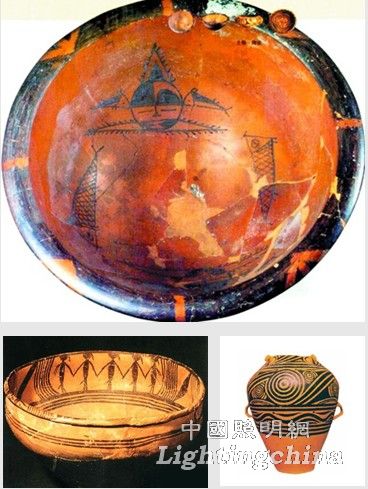
Chinese painted pottery has two distinctive features: First, the transition from figurative to abstraction of the painted pottery pattern is synchronized with the evolution of Chinese cultural concepts; second, the structural characteristics of the painted pottery pattern are consistent with the basic principles of Chinese aesthetics. From figurative to abstract, the most representative are the abstraction of fish, the abstraction of birds, the abstraction of flowers, the abstraction of frogs, and the abstraction of human and animal. This process of abstraction is the process of rationalization of art. It is the transformation of the primitive gods in Chinese culture into the emperors of the human world. The myths are historicalized and the emperors and gods are transformed into the universe. God is real, qi is imaginary, and the transformation of God into qi is a real change. The change from the figurative to the abstract of the painted pottery pattern is in line with the evolutionary path from the real to the virtual in the culture.

The structural characteristics of painted pottery art have already implied two basic principles of Chinese traditional aesthetics: one is the perspective of scatter. When the painted pottery is round and facing the square, the figurative pattern focuses people's attention on one side, tending to form a focus and a fixed point. After the pattern is transformed into an abstraction, the whole pattern is wandering, facing the four sides, so that the four sides form a one-piece whole that has neither a starting point nor a terminating. The drawing of the painted pottery naturally becomes a scatter perspective, which surrounds people. Painted pottery enjoys the “step by step, face-to-face†appreciation, and realizes an “endless†meaning in the limited round surface of the painted pottery. This is the so-called "tours", which is one of the basic principles of Chinese painting and garden creation; the second is "looking up and down." This means paying attention to the effects of the above when designing and producing the work. This aesthetic principle is the basic principle widely used in later poems, words, paintings and architecture.

(2) Bronze ornamentation
This is one of the peaks of ancient Chinese art. China's bronze casting reached its peak in the Shang Dynasty. The difference between Chinese bronzes and Westerners is that their works are mainly rituals related to ideology. A large number of patterns are cast on all bronzes, such as animal face, dragon, phoenix and animal deformation, fire, geometric, human face and so on.
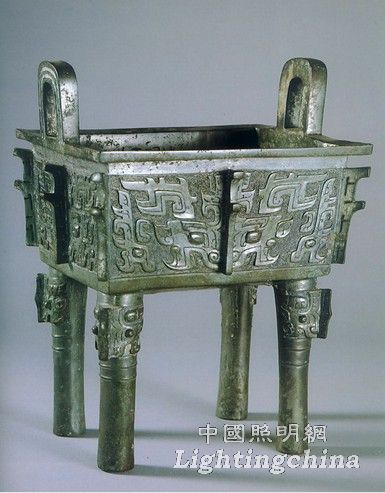
Among the many patterns, two phenomena are most prominent, one of which is crepe. The crepe represents the law of reorganization and deformation in the traditional Chinese aesthetic principles. From the bronze ornament we can see that the dragonfly is made up of two or more animals, the most common one is a combination of two dragons. Through a large number of data comparisons, it can be found that the predecessors have made unremitting efforts to continuously pattern the lines, and the shackles of various animal groups have finally become the arrogance of the arrogant whole. Painted pottery represents the flying side of Chinese art, and bronze represents the thick and solid side of Chinese art.
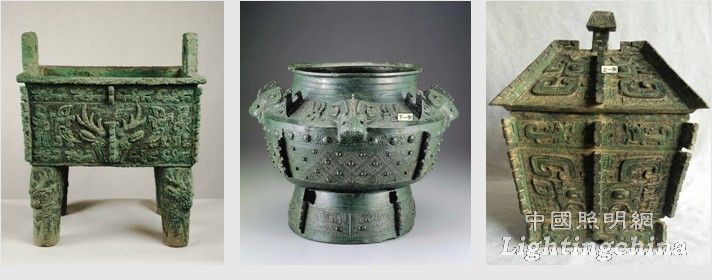
On the one hand, Chinese culture is the universe of qi, on the other hand it is the world of ritual. The crepe pattern not only reflects the Chinese culture's emphasis on order and the whole content, but also reflects the authoritative consciousness in Chinese culture; the second is the commonality of human beings and animals. Its specific performance is that a tiger-like animal has a large mouth open, and there is a head in the mouth, while others have two animals symmetrically open, and each has a head in the mouth. This ornament reflects the changes in the concept of human beings in the ancients: the human beings are all creatures; the human beings are separated, the humans communicate with the upper world through the beast; the human beasts (the common patterns after the Warring States). This change reflects the evolution of Chinese culture from primitive to rational.
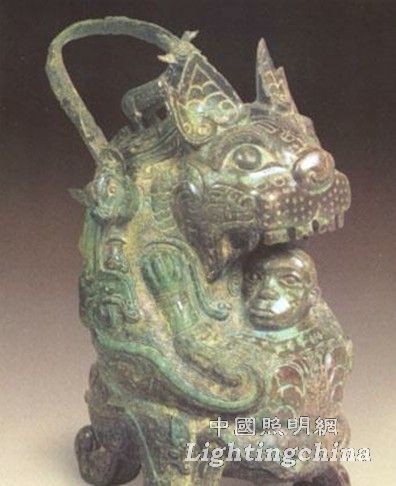
c) Architecture and sculpture
Ancient Chinese architecture can be roughly divided into four types: palaces, tombs, temples and gardens. All buildings are closely linked to the ancient cosmology of the “Heavenly Placeâ€.

The palace building (mainly the imperial palace) must display the emperor's prestige. Therefore, its characteristics are four: high, large, deep, and sturdy. “High†means that the palace is higher than other buildings; “big†means that there is a lot of space; “deep†refers to the group of buildings; “Zhuang†is completely arranged along the central axis by the entire building and the crimson of the wall of the wall is displayed. of. When people march in a symmetrical building, their inner heart will have a solemn power.

The earliest Chinese temple building was the White Horse Temple in Luoyang. Chinese Buddhist temples are different from India and are included in the Chinese ritual architecture system. Overall symmetry is a common feature of all temples. Through the symmetry, psychological pressure is formed on the believers. Among the temples of the four temples, the third hall is the climax and the core.
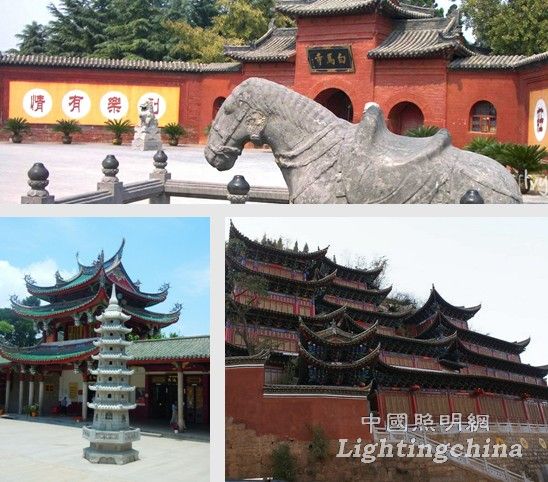
After the rise of the scholars' gardens in the Wei and Jin Dynasties, Chinese gardens gained their own unique taste and influenced the royal gardens. The core of the garden is the taste, and there is absolutely no symmetry in the structure. The taste is mainly based on natural tastes. The pavilions and pavilions are all shaped with the shape of the sky. All the arrangements take into account the emotional exchange between man and nature, and reveal and understand the beauty of nature through the garden.

Chinese architecture generally does not pay attention to the tallness of individual buildings, but emphasizes the grandeur of the group; does not pursue the solidified picture of pure space, but pursues the expansion in time and expresses its interest in the flow of time. When forming a group structure, Chinese architecture has a wall, no matter the size, forming a kind of connotation, self-sufficiency, self-contained and self-contained. There is a core part in each group, with a clear distinction between the primary and the secondary. But in a wall, and beyond the pursuit of a wall. Appropriately dealt with the combination of virtual and real, the so-called virtual is the "emptiness" between the house and the house in the structure of the building group, which expresses the virtual reality. This is a concrete manifestation of the "order" thinking in Chinese traditional culture.
Chinese sculpture does not have the same independent status as the West, and it has never left the building but is part of the building.
Chinese sculpture has the following three basic characteristics:
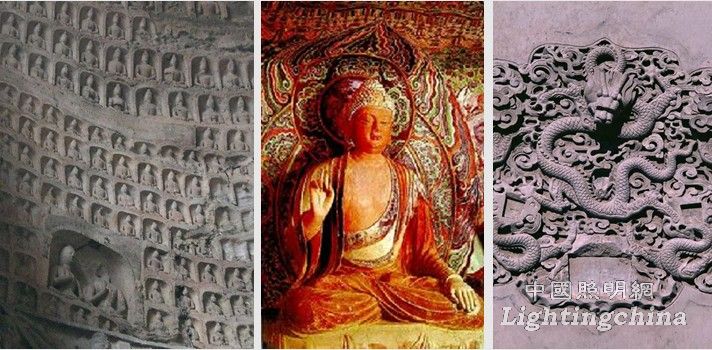
The first, group (holistic) stylization, especially Buddhist sculpture is the most. All Buddhist sculptures are group-oriented. There must be a center in each temple or cave. The center is both the center of the viewer's point of view and the tallest of the entire sculpture group. The rest of the sculptures are obedient and echoed. The overall effect, and the overall size of the sculpture is determined by the overall construction. The same is the stone lion. The size of the building's door determines the size of the stone lion. It is also a Buddha image. The size of the space in the temple determines the size of the Buddha statue. Similarly, the two disciples of the Buddha, Gaye, Ananda, and the image of Luohan and Bodhisattva Beaver is small. Stylized features often overwhelm the nature of the sculpture;

Second, the flatness, the ability to see around is the characteristic of sculpture, and the Chinese sculpture is to let the audience see from a certain direction and point of view, so that the sculpture pays attention to the side that people can see, the invisible side It takes less effort (a little horse-skinned face);
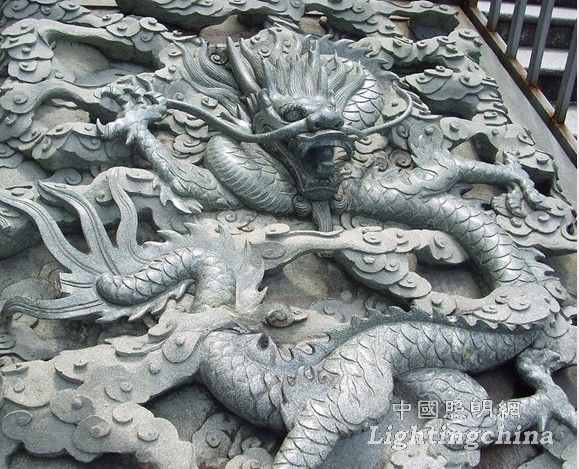
Third, painting, Western sculpture is to show the characteristics of the object through the undulations of the material itself. Without painting, the sculpture must show its own characteristics. The stylization of Chinese sculpture often neglects the details, the flatness weakens the characteristics of the sculpture, while the painting can help the Chinese sculpture to function outside the sculpture. Therefore, many details of Chinese sculpture are not carved and molded, but are drawn. (When lighting it, pay special attention to the core of the whole, the direction of light irradiation and the color rendering of light)
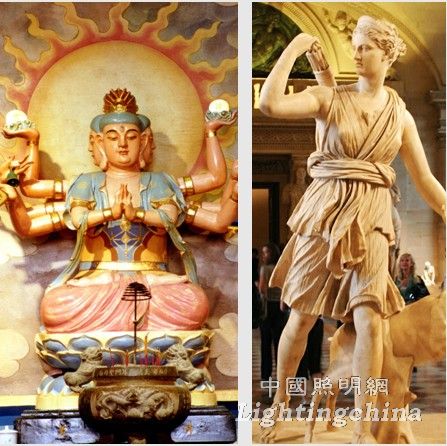
Second, the impact of Chinese traditional art characteristics on lighting design
As a lighting designer in China, we should actively and consciously comprehend and digest China's traditional artistic characteristics, in order to embody and inherit Chinese culture in our own design activities, in order to make our works more in line with Chinese aesthetic standards and have "culture." "Sex" can also truly reflect its own value.
Understanding and digesting traditional Chinese painted pottery art and bronze patterns have a positive impact on lighting design. As far as personal experience is concerned, I think this effect is mainly reflected in the following aspects:
1. The choice of pattern constituent elements;
2. Structure form;
3, the grasp of color;
4, texture control.
5. Matching of the use area;
6. The abstraction of myths and historical legends.
Understanding and digesting the influence of the characteristics of traditional Chinese architecture and sculpture on landscape lighting design is mainly manifested by more constraints and necessary observance. When lighting traditional Chinese architecture and sculptures (including antique buildings and sculptures), if you give up some obedience or subjective arbitrage to break through certain constraints, it often leads to the destruction of the original aesthetics of the landscape objects by your own works. Therefore, pay special attention to the following points in the design process:
1. When illuminating a single object and a part of a single object, the integrity must be fully considered, and the monomer should be examined from a holistic perspective. The center, climax and core of palaces, temples and garden buildings must be fully expressed, and the lighting of non-central, high tide and core parts must be strictly controlled;
2. The lighting of the painted part should fully consider the color rendering of the light, but it must be fully considered that the overall color temperature cannot be cold;
3. Strictly control the angle of incidence and direction;
4, carefully grasp the color matching;
5. Strictly control the dynamics of the lights;
6. It is advisable to use the internal method for the hollow part instead of the front side.
Edit: Nizi
Best Solar Flood Lights,Solar Motion Flood Lights,Solar Sensor Security Light,Commercial Solar Flood Lights
Jiangmen Liangtu Photoelectric Technology Co., Ltd. , https://www.liangtulight.com